A Brief Introduction to Post-War Japanese Photography
Post-war Japanese photography witnessed significant developments and innovations that reflected the changing social, cultural, and political landscape of Japan.
The devastation caused by World War II had a profound influence on Japanese society. Both the salon and the avant-garde photography of the prewar era would be dismissed by the post-war photographers who would focus their work on documenting the aftermath of the war and its devastating effects on their nation instead. As such, the era marks an allegiance to documentary photography, best conveyed through the photobook as media.
Documentary Photography
The traumas linked to the impact of the war helped shape a new aesthetic in which photography would be used to record and document the story of this post-war generation.
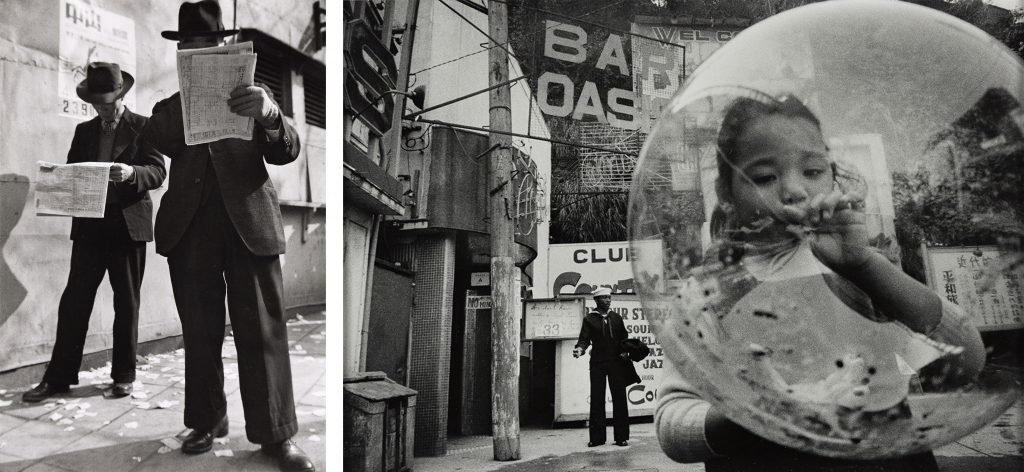
Photography, rather than being a meaning for defining the present, transformed itself into an “objective eye,” a “healing” tool for uncovering the past, but also recovering from it: images of the destruction, suffering, and rebirth of Japan were common themes during this period. Influenced by Western European photography, Japanese photographers like Ken Domon and Shomei Tomatsu explored humanist photography, capturing the everyday lives of ordinary people. Often built as documentary stories, as journalistic visual sequences, their work focused on social issues, such as poverty and the impact of the war on civilians. For instance, Shomei Tomatsu spent his early career capturing Japan’s economic and sociocultural recovery from the devastation of World War II. In his photobook Nagasaki (Shashin Dojinsha, 1966), Tomatsu used the place name as a metonym for the national trauma of the atomic bomb, while in Nippon (Japan) he addresses the post-war national identity with images shot between 1955 and 1967 in various parts of the country.
Personal Objectivity
This period also led to a new sphere of personal objectivity in which post-war photographers increasingly turned to personal expression and subjective storytelling, shifting away from the strict tradition that documentary photography encompassed.
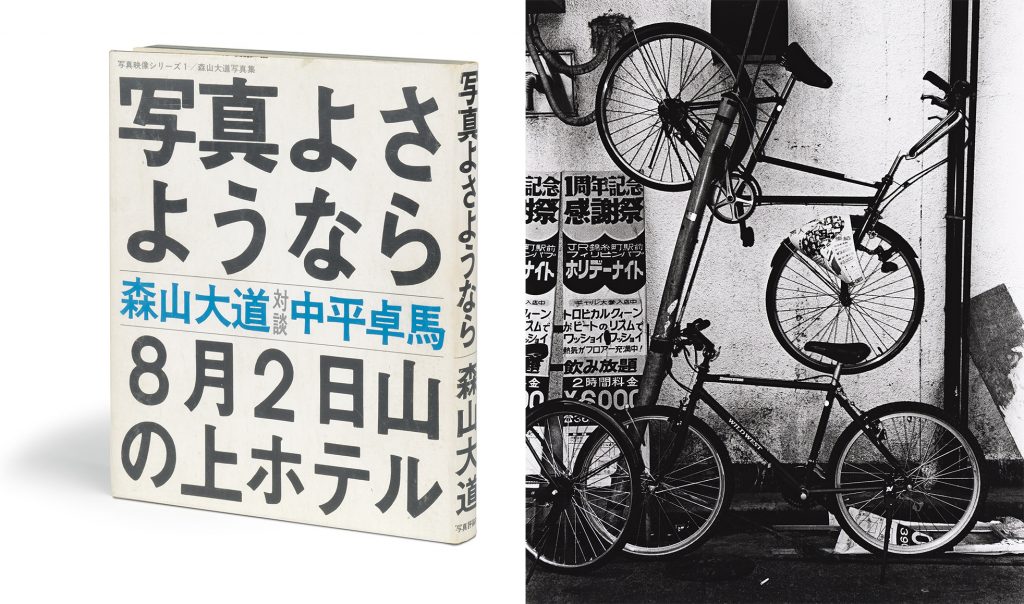
Largely active between the late 1950s and the 1970s, they would eventually evolve into different esthetic movements and a diversity of styles under the influence, in particular, of the Japanese photobooks and monthly magazines, such as Asahi Camera and Camera Mainichii, or the hybrid Provoke. Not only did the magazines provide a vital venue for the photographer by publishing their work, but they also developed into an art form in and of themselves. Indeed, where photo reportage tried to capture a wholly ‘objective’ truth and reality, the new tendency called attention to the presence of the image maker himself who conveyed his own fragment of reality. Book works like Nobuyoshi Araki’s Sentimental Journey (self-published, 1971) and Yutaka Takanashi’s Toshi-e (Towards the City) (Izara Shobo, 1974) are celebrated examples that combined text and images to create powerful narratives.
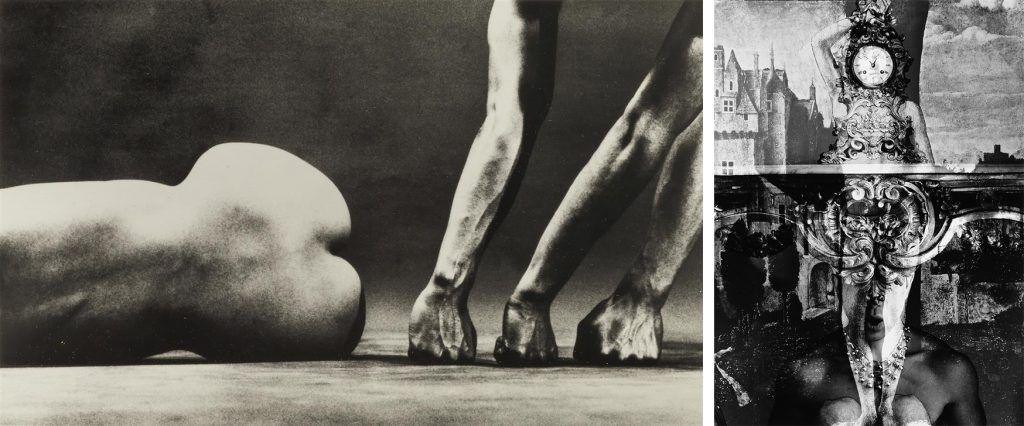
Post-war Japanese photography is marked by a wide range of styles and approaches. From documentary and street photography promoted by artists such as Yutaka Takanashi with his atmospheric use of architectural spaces or Daido Moriyama, renowned for his gritty, abstract, and often emotionally charged images of urban life that attack traditional conventions of composition, focus and form; to the erotic narratives of Nobuyoshi Araki; to the metaphorical and experimental work of Eikoh Hosoe, to name but a few. This diversity reflects the rich and evolving nature of Japanese photography from the post-war period to the present.
Photographs no longer show us the reality of another place or time, only that of the photographer’s own world. The photograph now documents not larger social issues but the intimate realities of personal life. This trend continues in Japanese photography today, as exemplified by an abundance of diaristic bodies of work, but also in its influence on the Contemporary photography scene where the work of photographers like Daido Moriyama and Nobuyoshi Araki continues to influence contemporary photographers worldwide.
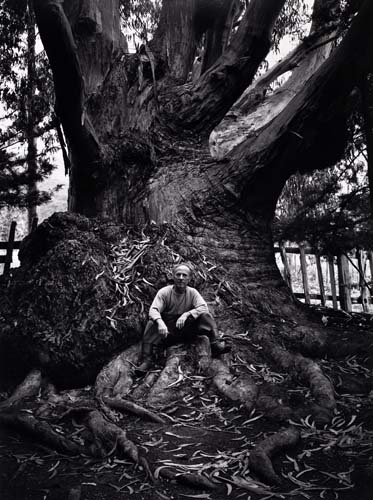
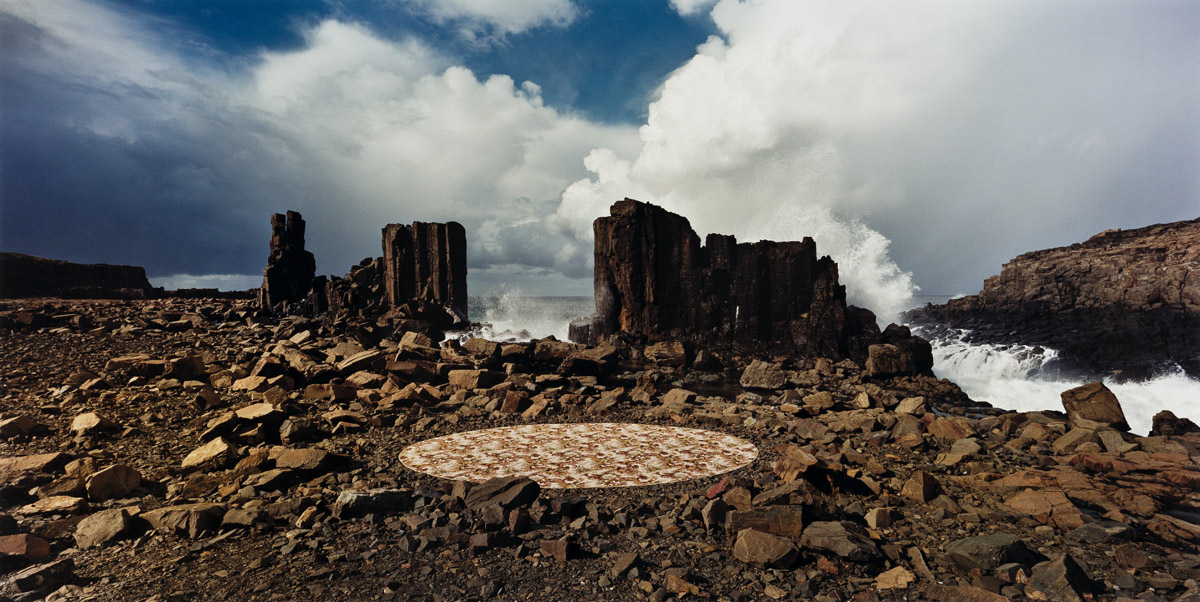
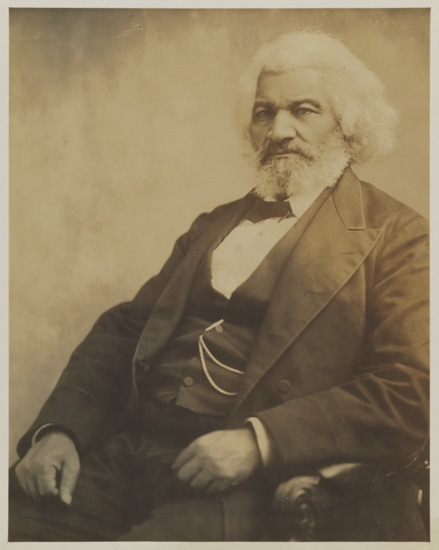










![Grace Meschery-McCormack shares about two copies of Fernando de Rojas’s ‘La Célestine,’ including a limited edition copy illustrated by Pablo Picasso.
At auction April 22. Learn more about the works at the link in our bio.
#Rarebooks #rarebookdealer #antiquarianbooks #auctions
_______________________________________
Music Credit:
Schubert - Piano Quintet in A major ‘The Trout’, D. 667 - IV. Andantino – Allegretto
Music provided by Classical Music Copyright Free on Youtube [https://tinyurl.com/visit-cmcf]
Watch: • Schubert - Piano Quintet in A major ‘...]](https://scontent-iad3-1.cdninstagram.com/v/t51.75761-15/491443494_18499096345036585_5935932878956098058_n.jpg?stp=dst-jpg_e35_tt6&_nc_cat=107&ccb=7-5&_nc_sid=18de74&_nc_ohc=u_iWjSzBq6AQ7kNvwGP43px&_nc_oc=Adm2-RoP-ycffpqdlTNCCefFvNYdnM4Jbat2wE7WtBletQyey5mIGvoT4Ix2A95fVyg&_nc_zt=23&_nc_ht=scontent-iad3-1.cdninstagram.com&edm=AM6HXa8EAAAA&_nc_gid=4I9TtRdz9WcpnZCsuTW-Pg&oh=00_AfLF7Gf0jIGGH37ICWIip3sv_wjuPfH_T0RtB6uif4rJ3g&oe=681F8411)




